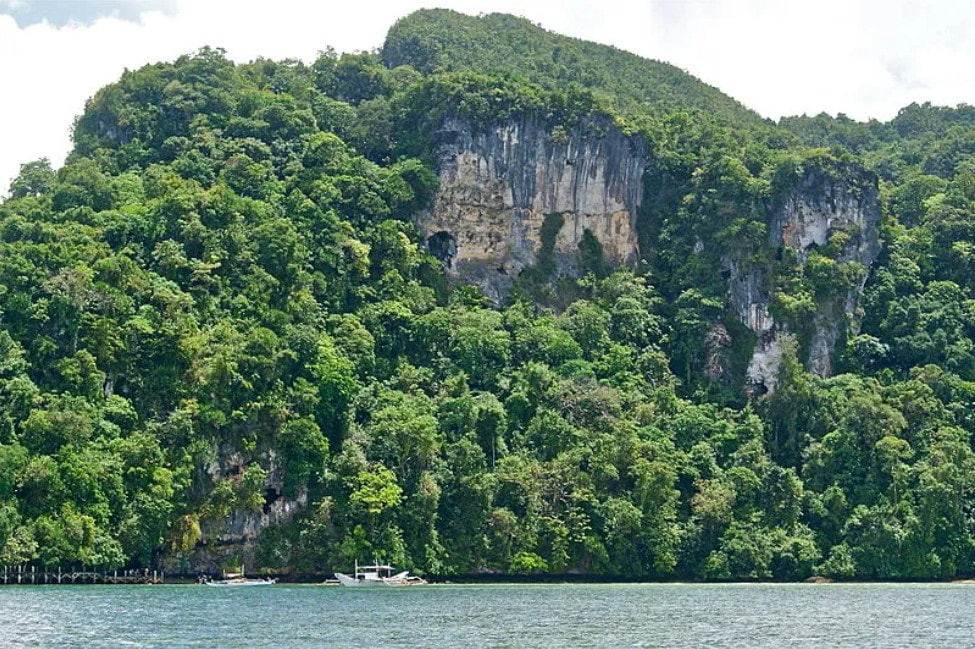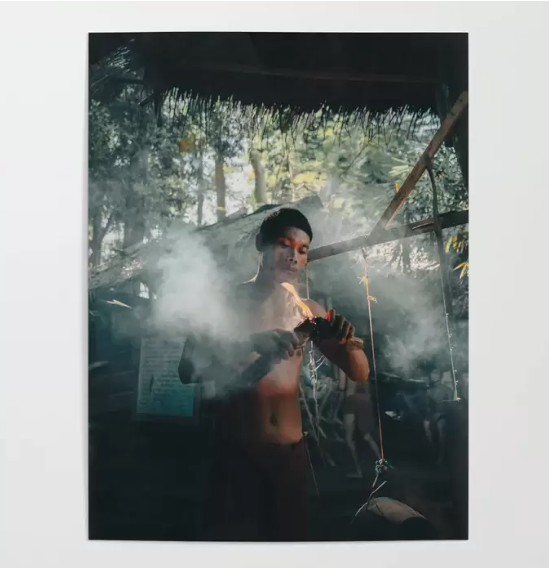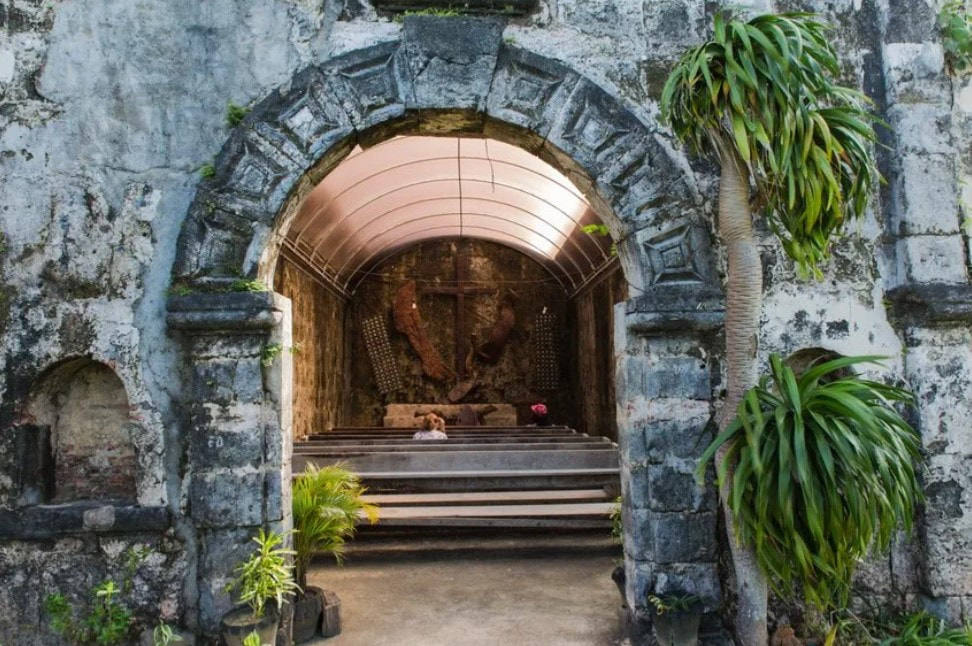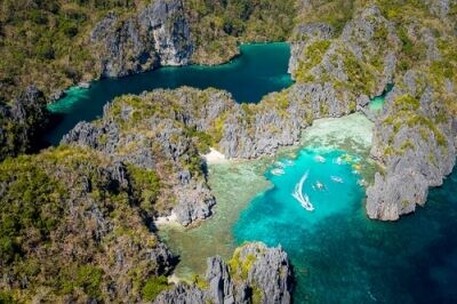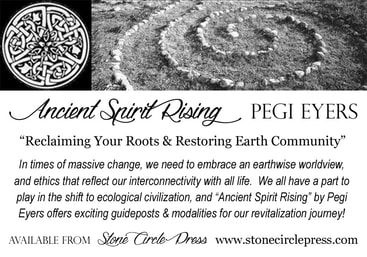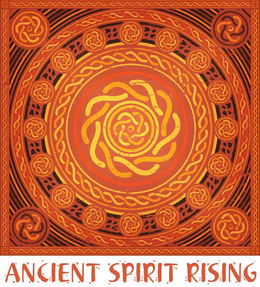Article reprint by Simon Goodall, Freelance Writer, published on LinkedIn June 9, 2022
The province of Palawan is named after Palawan Island, the largest land mass in the archipelago, and is located in the region of Mimaropa. The islands of Palawan stretch between Mindoro island in the northeast and Borneo in the southwest. It lies between the South China Sea and the Sulu Sea.
Thanks to its almost 2,000 kilometres (1,200 miles) of irregular coastline lined with rocky coves and sugar-white sandy beaches, plus vast stretches of virgin forest that carpet its chain of mountain ranges teeming with wildlife - including over 200 species of birds - Palawan has become a major and popular tourist destination, and has been called the Philippine's "last biodiversity frontier."
People visiting Palawan may be forgiven for thinking that this area's amazing natural beauty and much-admired diversity has existed since the beginning of time, and remains mostly intact today due to a happy coincidence. But they would be wrong, because had it not been for the local Indigenous people and their unique culture - including religious beliefs - Palawan today may be a very different place.
There is evidence that humans have lived in Palawan for more than 50,000 years, and the ancestors of those ancient progenitors are the many IP tribes including Tagbanua, Palaw'an, Tao't Bato, Molbog, Batak, Agutaynen and Cuyonon, who have inhabited remote villages in the mountains and on the coast throughout the province.
How is Palawan's natural beauty connected to the IPs? It all has to do with animism.
Thanks to its almost 2,000 kilometres (1,200 miles) of irregular coastline lined with rocky coves and sugar-white sandy beaches, plus vast stretches of virgin forest that carpet its chain of mountain ranges teeming with wildlife - including over 200 species of birds - Palawan has become a major and popular tourist destination, and has been called the Philippine's "last biodiversity frontier."
People visiting Palawan may be forgiven for thinking that this area's amazing natural beauty and much-admired diversity has existed since the beginning of time, and remains mostly intact today due to a happy coincidence. But they would be wrong, because had it not been for the local Indigenous people and their unique culture - including religious beliefs - Palawan today may be a very different place.
There is evidence that humans have lived in Palawan for more than 50,000 years, and the ancestors of those ancient progenitors are the many IP tribes including Tagbanua, Palaw'an, Tao't Bato, Molbog, Batak, Agutaynen and Cuyonon, who have inhabited remote villages in the mountains and on the coast throughout the province.
How is Palawan's natural beauty connected to the IPs? It all has to do with animism.
What is Animism?
I will let Pegi Eyers, author of Ancient Spirit Rising: Reclaiming Your Roots and Restoring Earth Community explain.
“Animism is the way humanity has been deeply connected to the land and its seasonal cycles for millennia, in rapport and conversation with the animals, plants, elements, Ancestors and earth spirits. The opposite of animism is the 'cult of the individual' so celebrated in modern society, and the loss of the animist world view is at the root of our spiritual disconnect and looming ecological crisis. Human beings are just one strand woven into the complex systems of Earth Community, and the animistic perspective is fundamental to the paradigm shift, and the recovery of our own ancestral wisdom.”
By imbuing other living things such as trees, animals and whole landscapes with intelligence, you elevate them to your own level of consciousness and sentience, and see no separation between your life and the life around you. It's a symbiotic relationship that gives nature equality with yourself, and therefore deserving of the respect and protection one would expect to be granted to a human person.
Present day IP religious faith continues to be based on the spirits of nature, who reside in rocks and trees. The spirits possess the power to cure severe sickness when called upon by the Baylan. It is not hard to see why IPs worship the natural world, when one's very survival depends on it. Nature is, quite literally, the giver of life.
Traditionally, IP foods came exclusively from the forest, rivers, creeks, and sometimes from the sea. When both one's religious belief and survival depend on the natural world, you are going to do everything you can to preserve it. So for thousands of years, before the arrival of outside settlers, the IPs preserved the unique ecology of Palawan as an intrinsic part of their culture.
However, as migrant peoples began to settle in the IP's traditional homeland, they were forced to retreat from the fertile river valleys to higher elevations, abandoning their lands and major sources of food, and leaving the pristine land they had so faithfully and carefully preserved. The territory was then vulnerable to people whose belief system saw the land and sea as something simply to be exploited, because their particular gods did not dwell in the sea, rivers, or trees - but elsewhere.
In the history of world religions, one could argue that the advent of belief systems that put a supernatural deity or deities in a different dimension of reality separate from us, or somehow emanating from within ourselves (instead of seeing spirit in the natural world around us) condemned Mother Nature to the damage and degradation we see today.
I will let Pegi Eyers, author of Ancient Spirit Rising: Reclaiming Your Roots and Restoring Earth Community explain.
“Animism is the way humanity has been deeply connected to the land and its seasonal cycles for millennia, in rapport and conversation with the animals, plants, elements, Ancestors and earth spirits. The opposite of animism is the 'cult of the individual' so celebrated in modern society, and the loss of the animist world view is at the root of our spiritual disconnect and looming ecological crisis. Human beings are just one strand woven into the complex systems of Earth Community, and the animistic perspective is fundamental to the paradigm shift, and the recovery of our own ancestral wisdom.”
By imbuing other living things such as trees, animals and whole landscapes with intelligence, you elevate them to your own level of consciousness and sentience, and see no separation between your life and the life around you. It's a symbiotic relationship that gives nature equality with yourself, and therefore deserving of the respect and protection one would expect to be granted to a human person.
Present day IP religious faith continues to be based on the spirits of nature, who reside in rocks and trees. The spirits possess the power to cure severe sickness when called upon by the Baylan. It is not hard to see why IPs worship the natural world, when one's very survival depends on it. Nature is, quite literally, the giver of life.
Traditionally, IP foods came exclusively from the forest, rivers, creeks, and sometimes from the sea. When both one's religious belief and survival depend on the natural world, you are going to do everything you can to preserve it. So for thousands of years, before the arrival of outside settlers, the IPs preserved the unique ecology of Palawan as an intrinsic part of their culture.
However, as migrant peoples began to settle in the IP's traditional homeland, they were forced to retreat from the fertile river valleys to higher elevations, abandoning their lands and major sources of food, and leaving the pristine land they had so faithfully and carefully preserved. The territory was then vulnerable to people whose belief system saw the land and sea as something simply to be exploited, because their particular gods did not dwell in the sea, rivers, or trees - but elsewhere.
In the history of world religions, one could argue that the advent of belief systems that put a supernatural deity or deities in a different dimension of reality separate from us, or somehow emanating from within ourselves (instead of seeing spirit in the natural world around us) condemned Mother Nature to the damage and degradation we see today.
When we started looking up at the clouds or in holy books for divine inspiration, rather than looking at the glory and majesty of nature, our view of the wild world became more utilitarian. The new religions suggested that man had "dominion" over nature and, as such, could exploit it as he saw fit.
Modern man's arrogance in thinking "he knows best" and classing ancient peoples and their beliefs as "primitive" has led us down the path of ecological disaster. Indeed, the record shows that Christian missionaries have interfered in Indigenous communities, to the extent where traditional ways have been obliterated by foreign and foreign-inspired religions.
This story could be applied to other parts of the Philippines, where native, nature-worshipping cultures have been gradually marginalized, and their lands ruthlessly industrialized. Yet only now, as the entire world faces a wide range of ecological problems of our own making, are we beginning to realize that perhaps Indigenous people had the right idea all along.
Luckily for us, despite pressure from the outside world, there are still Indigenous cultures around the world who practice nature worship, and even more fortuitously, many of them are still the residents and custodians of popular tourist destinations like Palawan. It is due to them and their harmonious relationship with nature, that the thousands of tourists who visit the area each year can still enjoy this stunning location.
In the nick of time and before it's too late, the wider public have begun to recognize and honour the ancient wisdom of Palawan's First People, and have taken up the challenge of protecting and preserving this part of the country's unique and vulnerable ecosystem. Activist groups such as Project Bamboo (https://startsomegood.com/projectbamboo) are acting as a bridge between the Batak people and the outside world, selling their hand-crafted items and creating opportunities for education and advancement in the modern world.
But education is not a one-way street. While IP have a lot to learn in order to survive in the modern world, that same modern world has a lot to learn from IP, especially when it comes to treating the natural world with reverence. Without the IP's legacy, Palawan today would not be a tropical paradise destination.
Perhaps, at long last, modernity will learn from the lessons of the past, including this one penned by Chief Seattle.
“Treat the earth well: it was not given to you by your parents,
it was loaned to you by your children.
We do not inherit the Earth from our Ancestors,
we borrow it from our Children."
>Simon Goodall on LinkedIn<
Modern man's arrogance in thinking "he knows best" and classing ancient peoples and their beliefs as "primitive" has led us down the path of ecological disaster. Indeed, the record shows that Christian missionaries have interfered in Indigenous communities, to the extent where traditional ways have been obliterated by foreign and foreign-inspired religions.
This story could be applied to other parts of the Philippines, where native, nature-worshipping cultures have been gradually marginalized, and their lands ruthlessly industrialized. Yet only now, as the entire world faces a wide range of ecological problems of our own making, are we beginning to realize that perhaps Indigenous people had the right idea all along.
Luckily for us, despite pressure from the outside world, there are still Indigenous cultures around the world who practice nature worship, and even more fortuitously, many of them are still the residents and custodians of popular tourist destinations like Palawan. It is due to them and their harmonious relationship with nature, that the thousands of tourists who visit the area each year can still enjoy this stunning location.
In the nick of time and before it's too late, the wider public have begun to recognize and honour the ancient wisdom of Palawan's First People, and have taken up the challenge of protecting and preserving this part of the country's unique and vulnerable ecosystem. Activist groups such as Project Bamboo (https://startsomegood.com/projectbamboo) are acting as a bridge between the Batak people and the outside world, selling their hand-crafted items and creating opportunities for education and advancement in the modern world.
But education is not a one-way street. While IP have a lot to learn in order to survive in the modern world, that same modern world has a lot to learn from IP, especially when it comes to treating the natural world with reverence. Without the IP's legacy, Palawan today would not be a tropical paradise destination.
Perhaps, at long last, modernity will learn from the lessons of the past, including this one penned by Chief Seattle.
“Treat the earth well: it was not given to you by your parents,
it was loaned to you by your children.
We do not inherit the Earth from our Ancestors,
we borrow it from our Children."
>Simon Goodall on LinkedIn<
